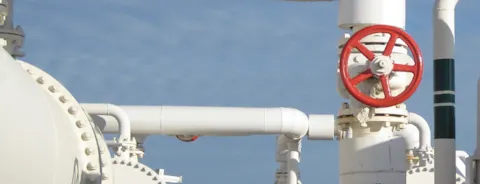10 tonnes of toxic gas released!!!
A series of large scale field experiments were recently conducted, the largest of which involved a release of 10 tonnes of toxic chlorine gas.
The experiments are part of a program of work (called the Jack rabbit II program) led by the US Department of Homeland Security (DHS) Chemical Security Analysis Center (CSAC) and supported by a collaborative team of partners from government, industry and academia.
The Jack Rabbit II program is a 4-year project that began in late 2013 for which a series of large-scale outdoor chlorine release trials will be conducted with a collaborative team of partners from government, industry and academia.
The overarching goal of the trials and subsequent planned follow-on studies is to fill critical knowledge, data and capability gaps for toxic inhalation hazard (TIH) chemical release modelling and emergency response procedures, which have never been experimentally tested or validated at scales represented by rail car, tanker truck, barge or storage tank release scenarios.
The Jack Rabbit field experiments took place at a desert location in Dugway Proving Ground, Utah, USA. The experiments involved large-scale releases of anhydrous ammonia and chlorine stored as pressurized liquefied gases at ambient temperature.
The first phase of the experiments took place in 2010. This phase did involve chlorine releases up to 2 tonnes.
Phase II of the experiments involved experiments at larger scale and were conducted recently (August and September 2016).
Pre-planning work involved the determination of the appropriate discharge instrumentation and the placement of concentration sensors. Amongst other consequence models, Phast discharge and dispersion model predictions were carried out to assist on this. Runs using the current commercial version Phast 7.11 were carried out by HSL (with input from our modelling team). In addition, provisional runs were carried out by our modelling team using a pre-release Phast version that accounts for improved modelling of time-varying discharge and dispersion (including effects of along wind diffusion, AWD).
The final largest experiment took place on the 3rd of September 2016. This experiment involved a short-duration release of about 10 tonnes of chlorine from a large leak at the bottom of the vessel with a series of containers placed downwind of the release point.
The experiment involved discharge measurements (e.g. vessel pressures, temperatures, weight, etc.), as well as outdoor concentration measurements and indoor container concentration measurements. Henk Witlox (Senior Principal Mathematical Modeller with DNV) was in attendance (watching from a safe distance!!!).
Field experiments are key to providing the data needed to continuously validate and improve the Unified Dispersion Model (UDM) in Phast.
Such data has been central to the development of the next planned update to the UDM (to account for the effects of along wind diffusion) currently planned for a future release of Phast.
Involvement in such projects helps to ensure Phast reflects the latest scientific advancements and as a result, continues to provide reliable and accurate predictions of flammable/toxic dispersion hazard ranges.
Authors: Kenny Shaba and Colin Hickey
10/16/2015 6:56:30 PM
